By Liondale | May 24, 2016
Today, cellulite plagues 90% of American women – but there are tribes with women completely free of cellulite, even at age 60 with multiple children. What is cellulite, and why do some cultures have more or less of it? Is it a modern problem? Learn the history, causes, and cures for cellulite in this article:
The History of Cellulite
To this day, no historians, anthropologists, or physicians are certain of the origins of cellulite. However, there is scant evidence for it existing much before the past 150 years in a majority of the female population. Ancient medical texts, literature, and artwork all depict women with smooth skin and no blemishes.
Before the 20th-century cellulite only appeared sparsely in art depicting thick goddesses or women of high social status. Overall, the majority of women in art and photography, until recently, were cellulite free. In the 1920s, American Photographer Arthur Albert took 4,000 photographs of women of varying body types, and those images also reveal that the women of that time period had little to no cellulite.
This may incline one to believe that simply diet and exercise are the main culprits, which is candidly not the case. Overweight women of the past often were without cellulite, as seen in Arthur Albert’s photographs. Respectively, today many women of healthy weight and even athletic women often have cellulite.
What is Cellulite?
This may incline one to believe that simply diet and exercise are the main culprits, which is candidly not the case. Overweight women of the past often were without cellulite, as seen in Arthur Albert’s photographs. Respectively, today many women of healthy weight and even athletic women often have cellulite.
It is also a myth that cellulite is merely fat: we now know that cellulite is the abnormal appearance of fat cells caused by poor circulation and lymph drainage, resulting in the degeneration of connective tissues that hold fat and skin cells in the normal position.
Tribes Without Cellulite in the Modern World
There are populations that exist today with virtually no cellulite. One example is the indigenous Shipibo women of Peru, who exhibit no cellulite even past age 60 or after childbirth.
Some important differences in the lifestyles of the Shipibo and western women include lifestyle and diet. These women do not lead a sedentary lifestyle: they are active most of the day, and they eat nearly all-organic diets high in yam and yucca. Plants in the yam and yucca family contain plenty of phytoestrogens, which mimic the effects of naturally occurring estrogen in the body. Decreasing estrogen levels are known to damage the integrity of the skin, and this is how cellulite is formed; this is also why many American women experience an increase in cellulite after menopause.
Vitamins and Deficiencies
In addition, with their diverse diets, they get on average more vitamin A, C, and magnesium, which are crucial in maintaining skin health4. These vitamins have been studied extensively for their role in wrinkle reduction and for their anti-aging properties but are rarely studied in their effect on cellulite. This is likely due to the general lack of understanding surrounding cellulite: that cellulite is actually a result of the degeneration of connective skin tissues.1
Additionally, these indigenous tribes’ diets are higher in vitamins due to their agriculture practices. Pesticides, monocultures, and other poor land practices used by the majority of America’s agriculture cause a decrease in the nutrients in crops and soil. Americans are deficient in many of the essential nutrients that prevent and reduce cellulite.
In fact, vitamin deficiencies in America are staggering. According to the United States Department of Agriculture:
- only 46% of the population consumes adequate levels of vitamin A
- only 51% have sufficient vitamin C intake
- Only 43% of all Americans ingest adequate levels of magnesium,6 which is a mineral vital to over 300 bodily functions including the collagen synthesis process7
Why do American women have more cellulite?
Causes of Cellulite
It is possible that the increase in meat and processed food consumption lead to diets with fewer vegetables, therefore leading to critical deficiencies as discussed above. Since 1961, meat consumption has been on the rise in Americans who consume twice as much meat as Europeans.
Worse, meat in the United States comes from animals commonly fed with hormones. Consuming this meat can cause hormone imbalances which is another cause of cellulite. This is also why, as mentioned above, it can help to increase consumption of phytoestrogen-rich foods such as yam and yucca.
Another cause of cellulite could be due to the fact that modern agricultural practices in the United States: with the increase in pesticide use and the depletion of nutrients in the soil from poor land practices, it takes more of a particular vegetable to get the same nutritional benefits that previous generations received.
Also, nearly all food consumed by South American tribes who exhibit no cellulite is organic. Studies have proven that organic food has significantly higher levels of vitamins, particularly vitamin C and magnesium.
In conclusion, these tribes not only have a high vitamin diet due to the different organic foods they consume but also the vegetables they are consuming are of higher quality than their western counterparts through their farming practices.
Sedentary lives
Finally, Americans’ lives are far more sedentary than these indigenous tribes. The Shipibo women are physically active all day working in fields, caring for children, walking, and maintaining their households. Technology and modern appliances that help with workloads are non-existent and therefore the Shipibo women are much more active that their American counterparts.
So, proper diet and exercise are known to help prevent cellulite (though, it cannot reduce or eliminate cellulite after it has occured).
Yes: Cellulite is a Modern Problem, But One that We Can Cure
Cellulite is relatively modern medical condition, but because of this, we understand better than ever how to prevent and treat cellulite.
A few ways to start reducing cellulite on your own include:
- Increasing your vitamin A and C intake, as well as your magnesium consumption. Sweet Potatoes, red peppers, and spinach have the highest levels of vitamins A, C, and magnesium respectively
- When buying vegetables, keep in mind organic options will have significantly higher levels of beneficial vitamins
- Exercising, like diet, is always a beneficial activity. Strength training in particular that targets the legs and glutes are ideal for combating cellulite (a few exercise ideas can be found here)
- Consume more foods with phytoestrogens, such as yucca or yams
- Another important factor to check is your hormone levels. Hormone imbalances can certainly cause cellulite, but also a host of other serious symptoms including hypothyroidism, fatigue, and fibrocystic breast. Schedule a visit with your doctor to be sure your estrogen levels are where they should be
To discuss your Cellulite Chicago treatment with a Board Certified Dermatologist or a Licensed Healthcare Professional please make an online appointment or call 773-281-9200 today.
To view the source article on LIONDALE click here.



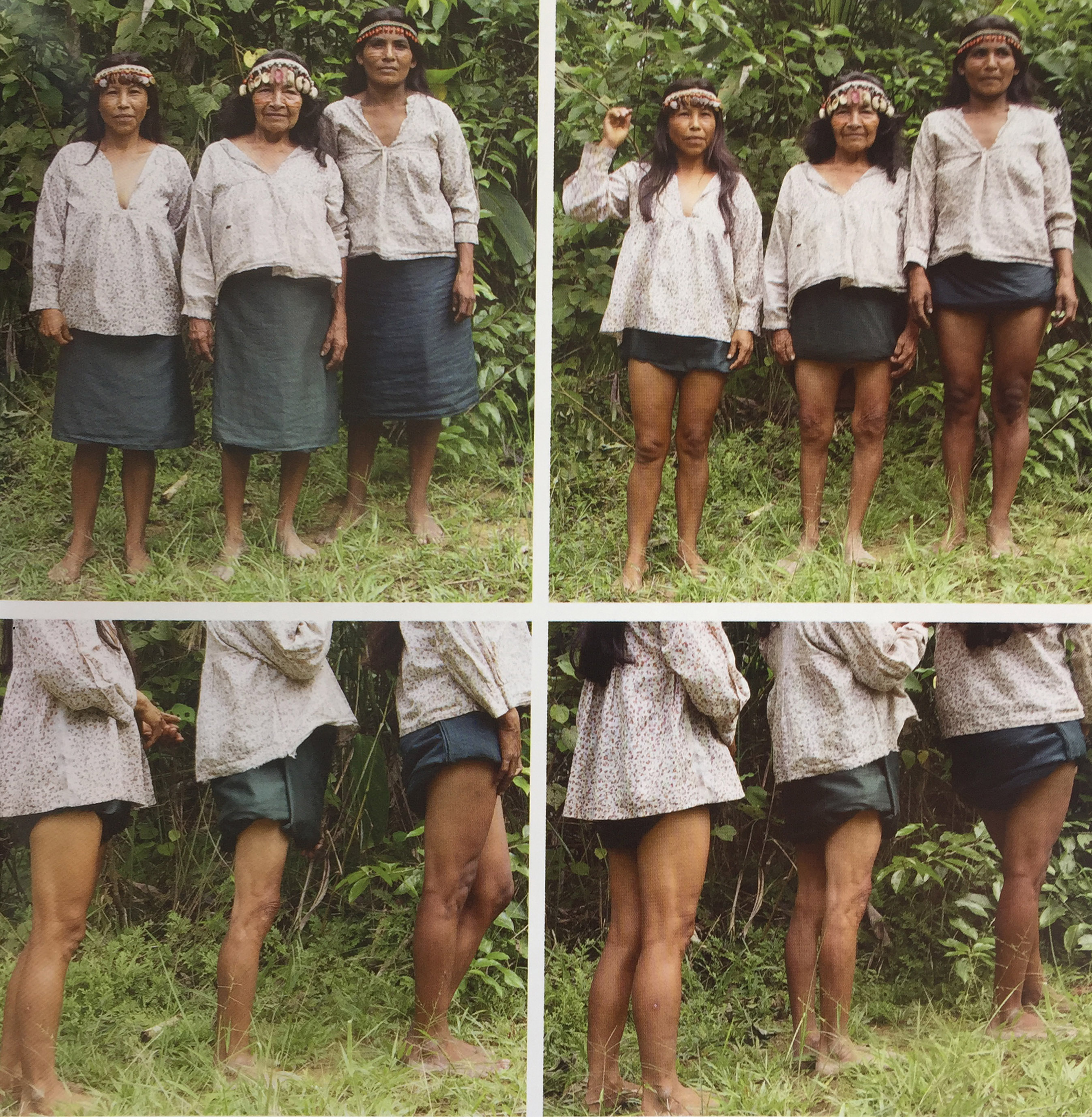

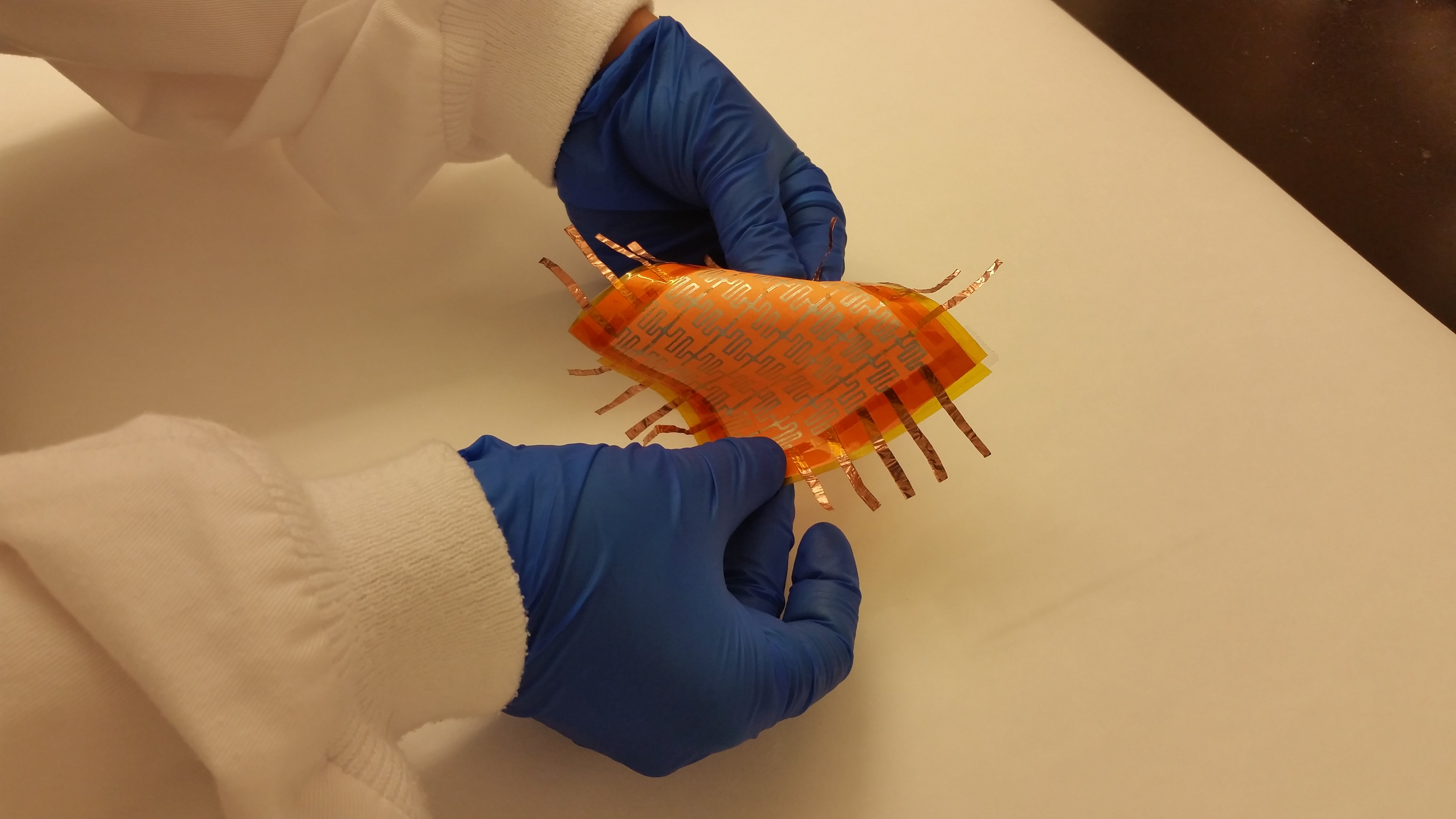

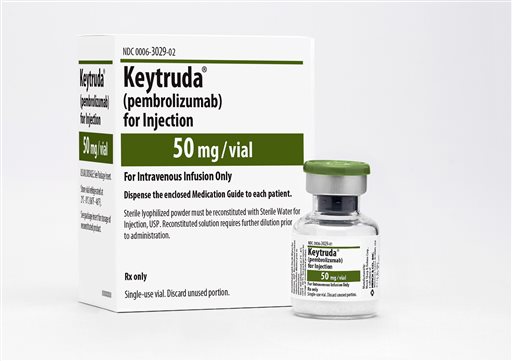

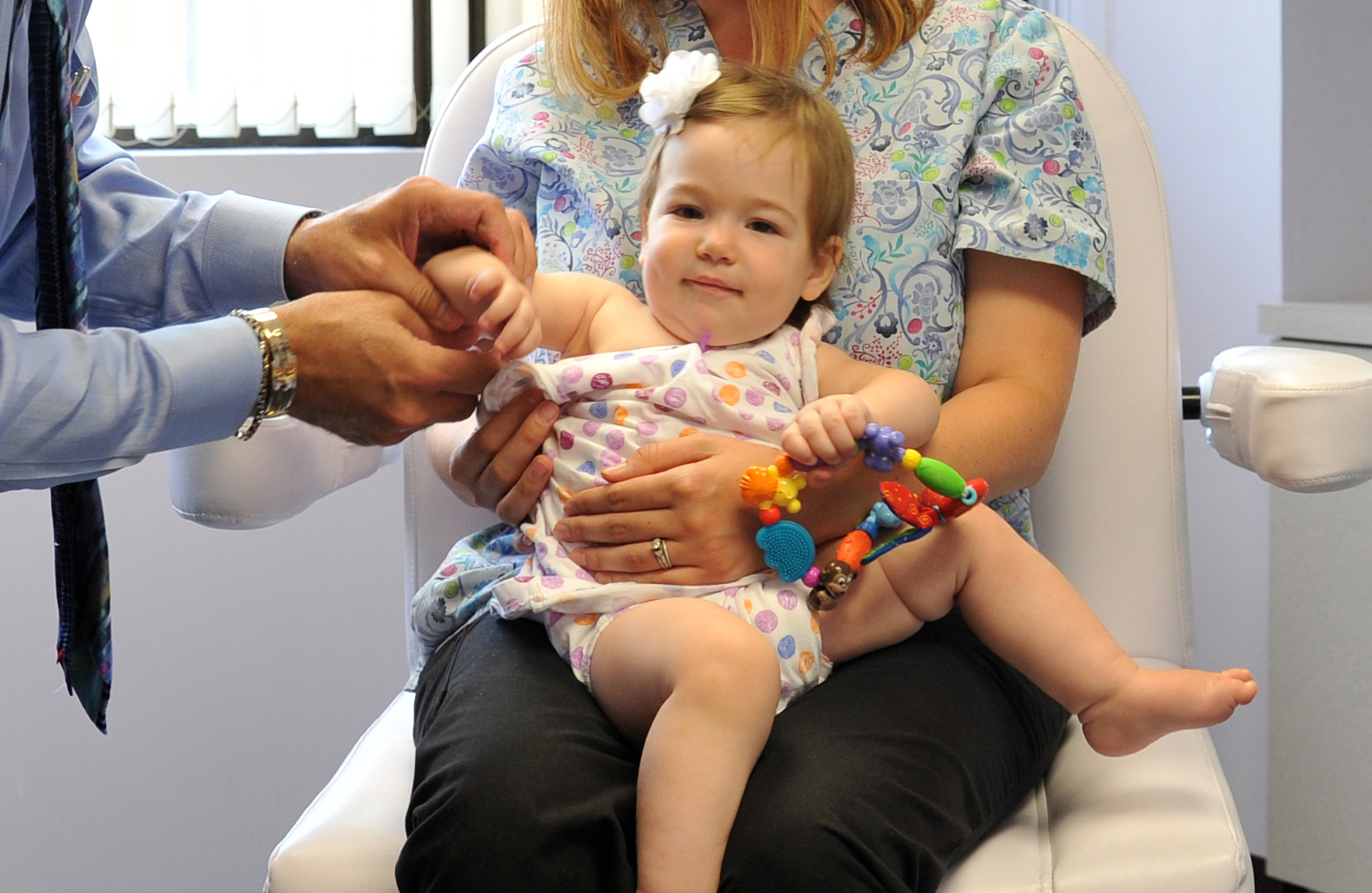
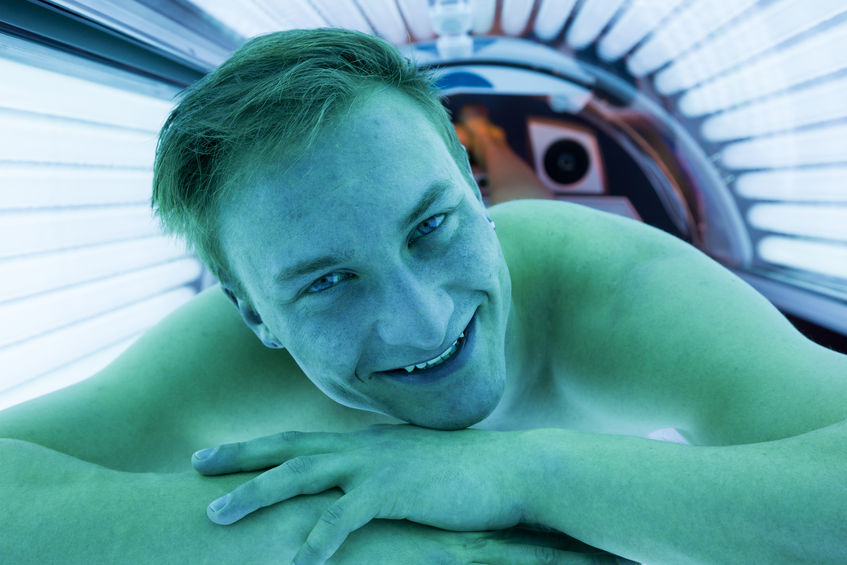


Recent Comments